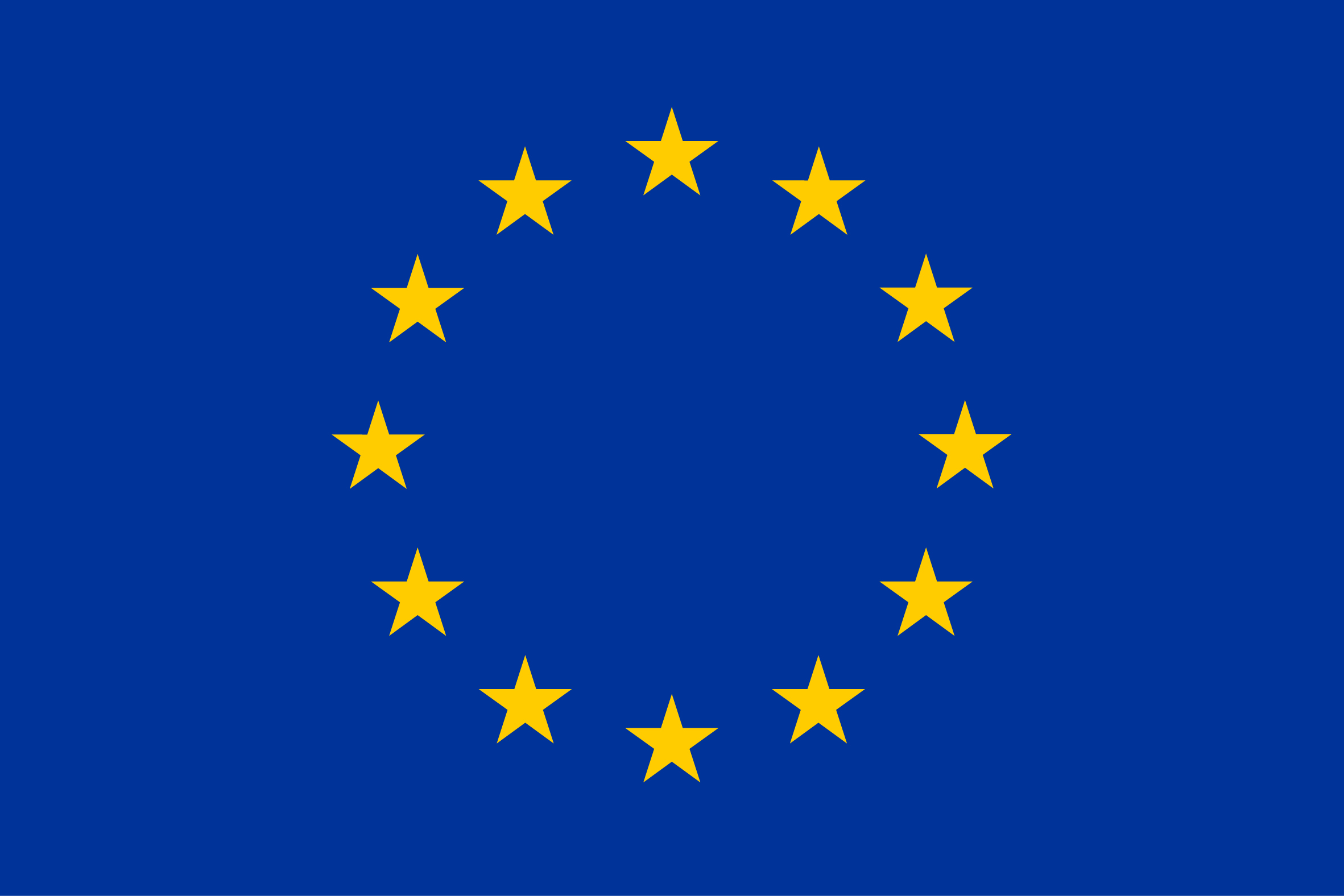No edit summary |
|||
| (3 intermediate revisions by 2 users not shown) | |||
| Line 134: | Line 134: | ||
= Eastern Mediterranean Sea = | = Eastern Mediterranean Sea = | ||
Due to the absence of oil & gas installations in the Mediterranean Sea there are two layers present, one is the oil & gas installations, for planning purposes and the other one are the existing boreholes. | |||
== 1) Oil & Gas Installations == | |||
== Types == | == Types == | ||
| Line 143: | Line 146: | ||
== Metadata == | == Metadata == | ||
This layer only exists in the Eastern Mediterranean Sea edition for planning purposes (the layer is empty). | This layer only exists in the Eastern Mediterranean Sea edition for planning purposes ('''the layer is empty'''). | ||
== Boreholes == | == 2) Boreholes == | ||
The existing boreholes in the Eastern Mediterranean are documented by EMODnet, but there is not much information about the status of these boreholes. The layer is only for viewing as it is not a plannable layer. | |||
== Types == | |||
Not applicable | Not applicable | ||
| Line 159: | Line 163: | ||
"The dataset on offshore wells for Oil and Gas industry activities in the EU was created in 2014 by Cogea for the European Marine Observation and Data Network (EMODnet). It is the result of the aggregation and harmonization of datasets provided by several EU and non-EU sources. It is updated every year, and is available for viewing and download on the EMODnet web portal (Human Activities, <nowiki>https://emodnet.ec.europa.eu/en/human-activities</nowiki>). It contains points representing offshore wells drilled in the following countries: Croatia, Cyprus, Denmark, Faroe Islands, France, Germany, Greece (only for western coast), Ireland, Italy, Latvia, Malta, Montenegro, Netherlands, Norway, Poland, Portugal, Spain, and United Kingdom. Where available each point has the following attributes: status (active, abandoned, other, suspended, N/A), country, code, name, year (spud date), purpose (exploitation, exploration, other), content (crude oil, natural gas, crude oil and natural gas, natural gas and crude oil, dry, other), operator, drilling company/facility, distance to coast (metres) and water depth (metres). Compared with the previous version this new version has been updated for most of the countries that have published or sent their last release of data." | "The dataset on offshore wells for Oil and Gas industry activities in the EU was created in 2014 by Cogea for the European Marine Observation and Data Network (EMODnet). It is the result of the aggregation and harmonization of datasets provided by several EU and non-EU sources. It is updated every year, and is available for viewing and download on the EMODnet web portal (Human Activities, <nowiki>https://emodnet.ec.europa.eu/en/human-activities</nowiki>). It contains points representing offshore wells drilled in the following countries: Croatia, Cyprus, Denmark, Faroe Islands, France, Germany, Greece (only for western coast), Ireland, Italy, Latvia, Malta, Montenegro, Netherlands, Norway, Poland, Portugal, Spain, and United Kingdom. Where available each point has the following attributes: status (active, abandoned, other, suspended, N/A), country, code, name, year (spud date), purpose (exploitation, exploration, other), content (crude oil, natural gas, crude oil and natural gas, natural gas and crude oil, dry, other), operator, drilling company/facility, distance to coast (metres) and water depth (metres). Compared with the previous version this new version has been updated for most of the countries that have published or sent their last release of data." | ||
===Methodology=== | ===Methodology=== | ||
Using the layer through web feature service. | |||
<headertabs/> | <headertabs/> | ||
Revision as of 14:45, 23 January 2025
This page was last edited on 23 January 2025, at 14:45. Content is available under GPLv3 unless otherwise noted.
 Co-funded by the European Union.
Co-funded by the European Union.